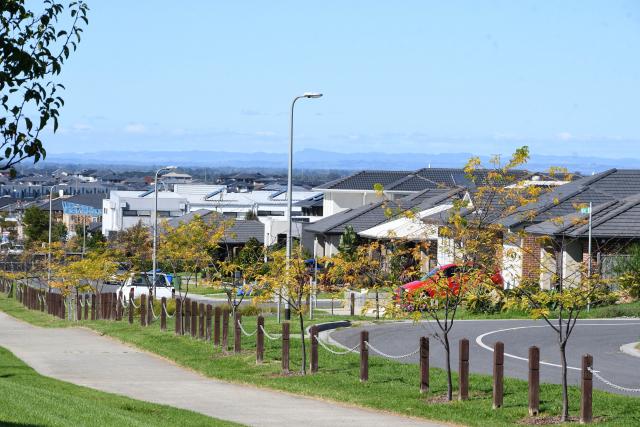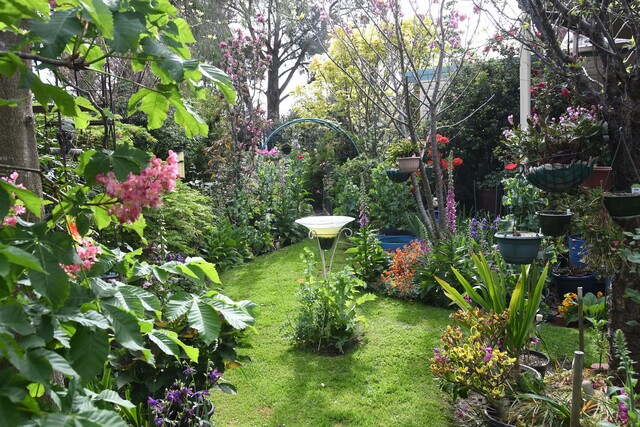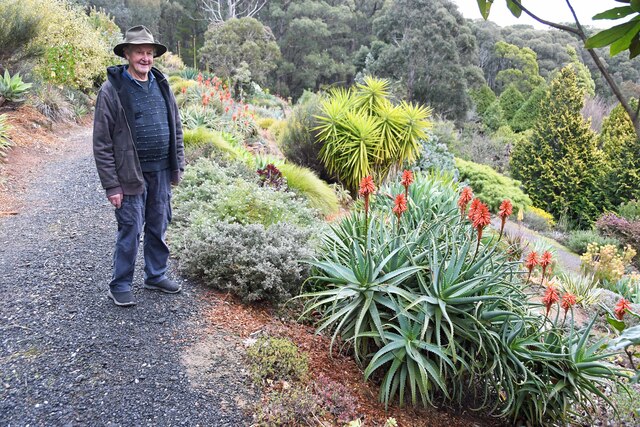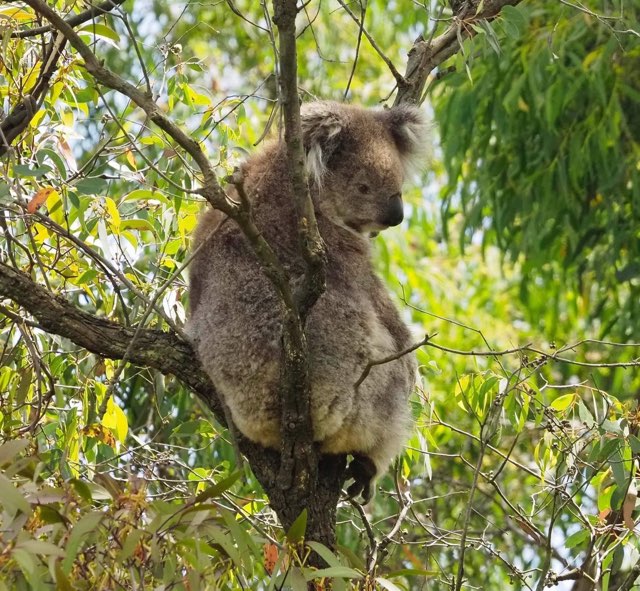Clyde locals say they are living in a “black hole” of network reception.
Despite Telstra, Optus and Vodafone showing Clyde as covered by 3G and 4G on their interactive maps, locals say the reality is a joke.
Tracie Batty says despite living close to a tower, her family is constantly left without service.
“We have a Vodafone tower at Casey Fields which has a 30km radius and Clyde North is within a 5km radius and we still have no service unless we are connected to our wifi,” she said.
Cameron Rothwell says the reception issues have a serious impact on daily life.
Cameron works from home while juggling appointments for one of his children who has autism.
“If nothing changes soon it may mean that we have to relocate to an area with a service at very least,” he said.
Likewise, Kelz Lunna struggles as she cares for her mother.
“My mum has a lot of medical issues,” she said.
“I have to run around my whole house to try and have an important medical call in regards to treatments.
“If I am driving in the area and happen to receive a call from doctors I also have to try and find a spot where I can have the conversation.”
Leanne Russell also says she finds it challenging to stay in contact with her father.
“Calls constantly drop out,” she said.
An Optus spokesperson has said the company has received “no reports of outages or customer complaints in the Clyde region”.
“If customers have any issues, such as encountering a blackspot, they can report it to Optus through the My Optus App or through the Optus website,” the spokesperson said.
“Customers can also see their network performance and explore the locations of towers near them via Network Pulse, accessible through the My Optus App.
“Customer input plays an important role in coverage related investigations.”
Telstra was contacted but did not respond before deadline.
While the company data suggests the problem of reception is under control, many locals commented on how the technology is “backwards” in Clyde.
Melissa Thompson has gone back to using a landline phone.
“For a newer community you would think we could move away from landline phones,” she said.
“We pay good money to be able to call family and friends, it’s very disappointing.”
Jackie Bassett said she had “fast internet and great mobile reception ten years ago”.
Now, Jackie and others in her community, like Raff Scarfo, rely on wifi-calling to stay in contact with the digital world.
Newcomers to the suburb are learning the hard way that living without access to mobile reception is untenable.
“Moving from Oakleigh to Clyde was a teletransportation to 20 years back in time,” Ramna Fayyaz said.
“I work from home and it is a shame when I have to tell clients or workers that I haven’t received their messages due to network issues.”
The issue has been persistent for years according to locals, and they are reaching their wits end.
“We have lived here since October 2018 and reception has gotten progressively worse,” said Justin Dumbleton.
“We are unable to make calls and when calls do connect they drop out.”
Justin says the network problems also affect his children’s schooling, as they are unable to complete homework on their laptops.
“5G is absolutely shocking, there’s no reception or at best one bar,” Chris Iskaf said.
“4G has better reception but you lose reception in black spots also when you get close to the antenna reception is a black hole.”
Bec Brown says she is paying prepaid for her data and is still without NBN.
“It’s an absolute joke,” she said.
Lisa Jamieson fears that the suburb is left without crucial emergency services access.
“The fact that you can’t even call 000 and that it’s been previously reported but still hasn’t been addressed/fixed is absolutely disgusting,” she said.
Cranbourne MP Pauline Richards says connectivity in today’s digital world is a necessity.
“That is why we are partnering with Optus and Telstra through our Connecting Victoria program to deliver new and improved services between 2024 and 2025,” she said.
“As part of this work, we are building a new tower and upgrading existing infrastructure in Clyde – this will provide better coverage to Botanic Ridge, Cardinia, Clyde, Clyde North and Junction Village.”
Kathryn Seirlis, Manager Growth and Investment for City of Casey says the council is committed to meeting the needs of Casey’s growing community.
“It is the responsibility of the State Government to provide telecommunication services,” she said.
“Where possible, we assist to facilitate and negotiate with telecommunications providers to improve mobile services, particularly in Clyde and Cranbourne East.
“This is done through using council-owned land where appropriate as well as the planning process of housing development.”
Ms Seirlis says telecommunication companies are also working with private land owners and developers in the area to improve their services, though the council has no influence on the timing of the installations.
The State Government’s Connecting Victoria project is set to see improvements made in Clyde.
The $550 million program will deliver coverage to Clyde North through investment in four mobile towers, while Clyde will receive two mobile towers and one broadband solution.







